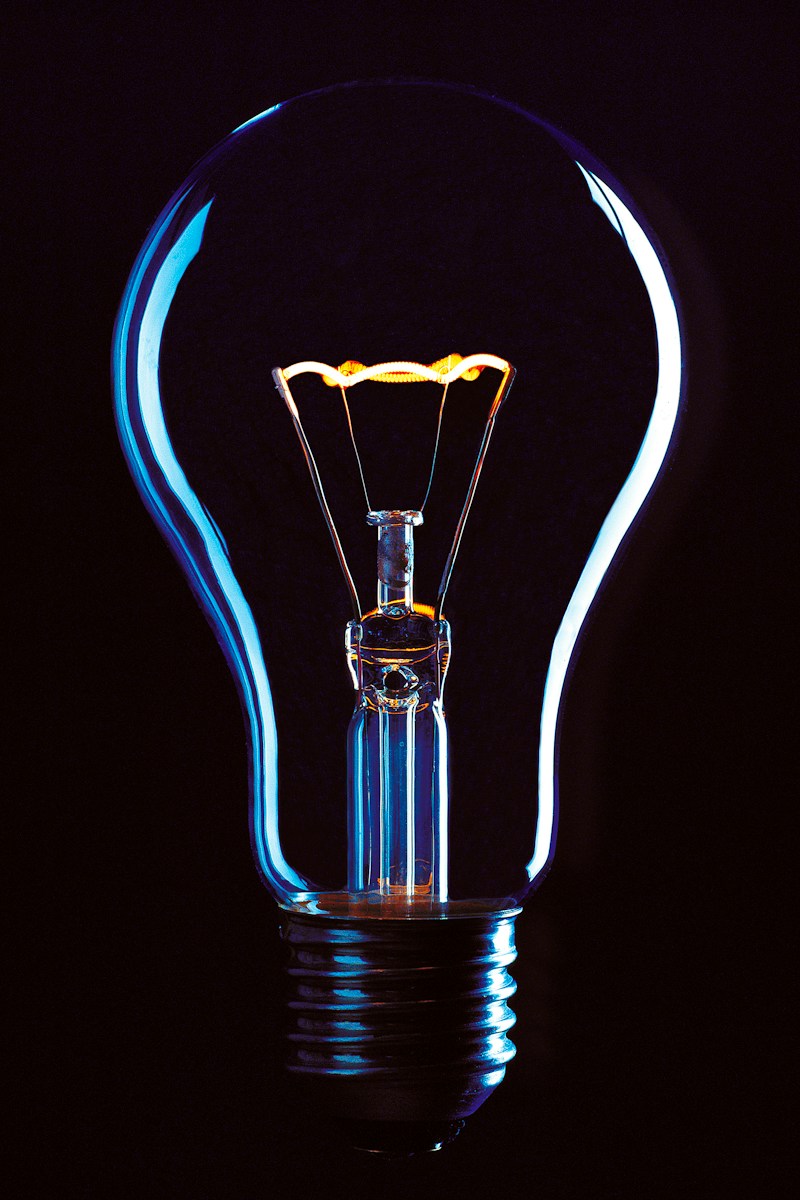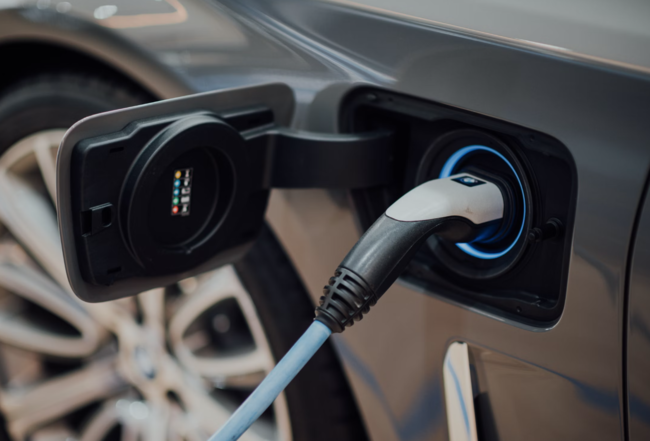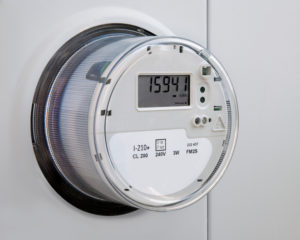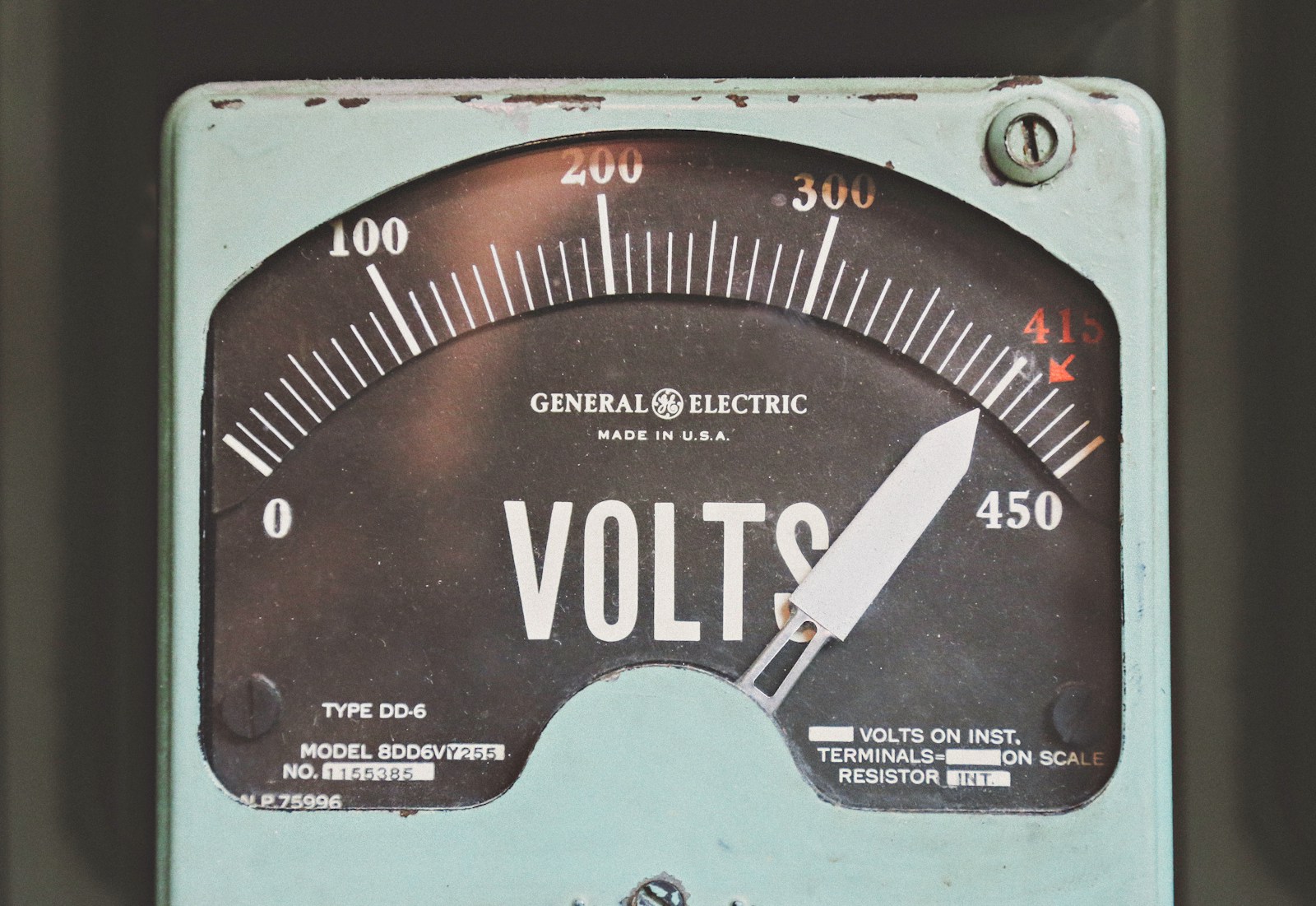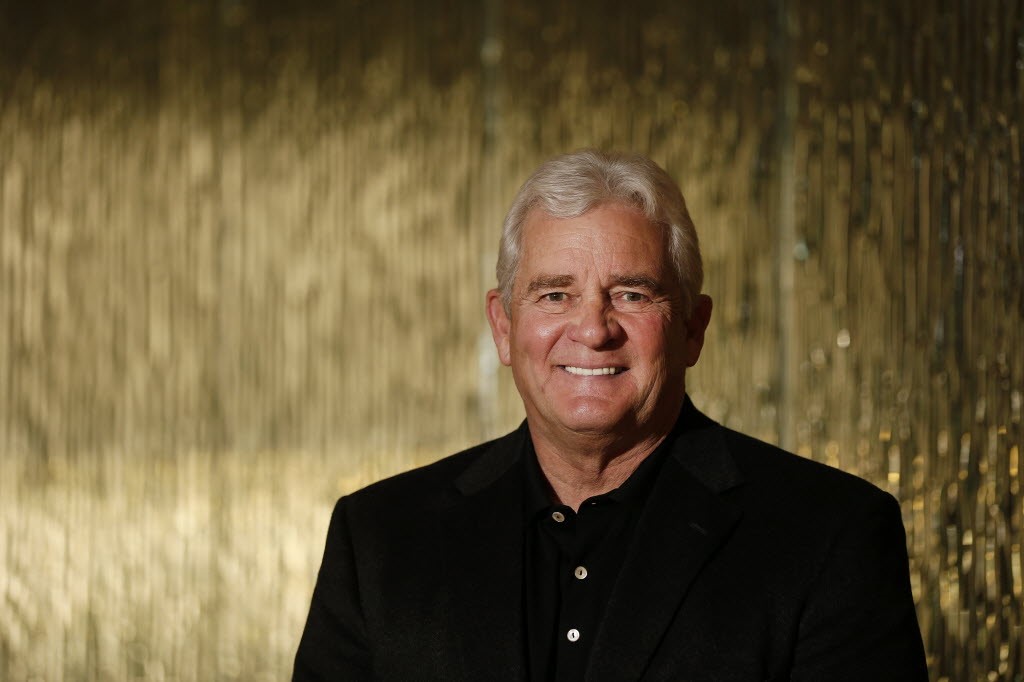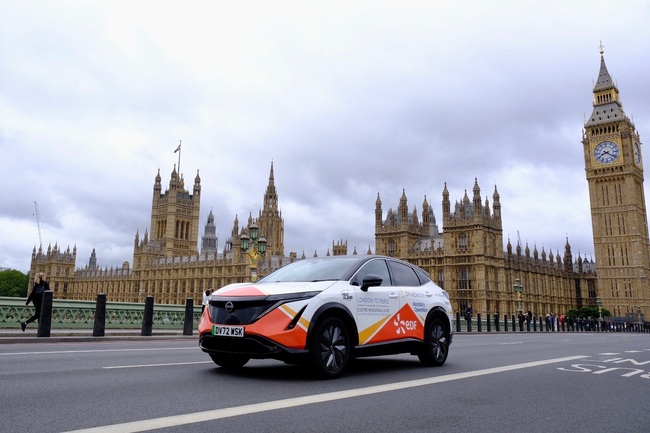Most homes and businesses want to know how to get the cheapest utility costs and when they can conserve the greatest amount of power for the most savings during the day. In order to make these determinations, you need to learn the price per kWh and the times of day considered peak and off-peak.
During off-peak times, energy costs will be lower, allowing utility bill savings. Electricity is cheapest based on weather and seasons but also considering the time of day. In that vein, some utility carriers will offer customers “time of use” rates, which allow different costs based on electricity demand.
This means when there’s a greater demand, the cost per kWh will increase, but if the hours are off-peak, the rates will decrease or even be at no cost. Electricity prices per kWh will also vary based on the customer type.
For instance, industrial customers could pay far less despite high usage, unlike a residential customer, but there will likely be added demand charges that the residential users do not incur. Not all customer rates are the same; it depends on your type.
What Is Time of Use vs Standard Costs
Utility carriers have rates designated as “time of use, ” reflecting the cost when energy is used most or during peak hours. These are the times when the rates are at the highest since much of the public uses energy simultaneously, like after coming home in the evening.
Visit https://bestestrøm.no/når-er-strømmen-billigst/ to learn when electricity is the cheapest.
The rates also factor in high-energy appliances like the HVAC. The peak and off-peak times for each utility carrier with the rates they charge will vary.
Standard rate contrasts with the time of use plans since these are consistent regardless of the energy used throughout the day. This will mean time of use rates would result in lower utility costs compared to standard costs during off-peak times for consumers using energy mostly during these times.
In that same vein, if you use most of your energy during high peak times, the time of use rates could result in much higher utility costs than the standard rates.
By following the time of use concept, customers can help to decrease energy demand at peak times. This will, in turn, allow utilities to generate less energy from less clean resources.
Understanding Off Peak Electricity Times
The off-peak electricity times are the hours when energy use is low, usually at night or in the daytime when people are not away from home.
Most utility carriers charge the lowest rates per kWh in these periods for consumption, saving on utility bills for customers who take advantage of the time-of-use plans. These plan options designate off-peak periods as times when energy prices are less than when usage is at its peak.
When customers use these off-peak times to use high-energy appliances like dryers, ovens, and such, it can save considerably on utility bills. While off-peak utility costs can be lower, it’s possible these can still be higher than standard plan rates.
Understanding Peak Electricity Times
In contrast to off-peak electricity plans, on-peak rates are based on the period when energy demand is great and will be charged at a higher rate. Typically, these fall around early afternoon into the evening when people arrive home.
This is when lights go on, television, appliances including the oven, dishwasher, laundry are all done.
During these hours, it’s essential to pay attention to how much energy you’re consuming and consider a more conscious choice to conserve during this period. You can choose to use the appliances later before bed, switch off lights you don’t need, unplug electronics.
If you take these measures, it’s worth considering a time-of-use plan to take advantage of lower rates for using these measures.
What Factors Affect Electricity Costs
Many factors decide electricity rates including power plant costs, fuels, weather, and on. Energy efficiency is a primary factor, or how the grid can handle excessive energy usage at certain times throughout the day. Here are the details.
Power plant costs
Despite current technology, power plants incur expenses for operations, the facility, maintenance, and running the business.
The energy provider shows these charges in their rates, making them part of the fees you pay with your utility costs; funds are spent well since power plants play a vital role in providing a reliable resource for electricity for homeowners and businesses. These users are encouraged to reduce consumption in turn saving on utility costs.
Fuels
Fuels are integral in determining the cost for electricity. Fuel is required to generate electricity, and a significant portion of the utility charges consist of the fuel costs.
As the electric grid moves further into the future, renewable energy will be incorporated more, with power plants requiring few fuels, allowing a reduction in energy rates. In the meantime, you can select suppliers with lower rates and pay attention to your usage.
At the moment, fuels are a significant part in the expense of electricity generation with some of the most common being natural gas, coal, nuclear energy, renewal resources like hydro, wind, and solar. Along with the cost, supply and demand will significantly affect the rates suppliers charge.
If there’s a shortage of any of the fuels, the cost of generating that product will increase, leading to high bills for those customers. Renewable resources are growing in use since they have less environmental impact and are more affordable.
Weather
The local weather can affect electricity rates. Extreme conditions will increase the demand for energy and raise the costs as providers strive to keep up with the customers’ needs. During these peak periods, it costs more to buy extra supplies as the providers work harder to meet the rising demand.
However, when there’s less demand, the rates fall since the suppliers save money by not having to generate as much electricity.
Customer type
Whether you’re a residential or commercial customer will impact energy rates. Typically, commercial customers have a higher consumption than residential clients, considering their varied sage with computers, lighting, and manufacturing consumption—suppliers’ base rates on different usage levels for various types of customers.
Tips On the Cheapest Time of Day to Use Electricity
When trying to figure out when to use electricity to save the most money, use it when no one else is for the cheapest rates. How do you know when the highest usage times are? Usually, the typical peak hours follow this pattern.
- Air conditioning is usually at its highest usage between the hours of 12 pm and 6 pm in the summer.
- Peak hours in the winter are considered early am between the hours of 6 and 9 am and then after work in the evening at roughly 5 pm until 9 pm.
The off-peak hours typically fall in the following patterns.
- Air conditioning is usually rested after the hottest part of the day in the evening beginning around 5 pm until 10 pm.
- In the winter, the house is typically empty during standard business hours from 9 to 5 pm when the daytime temperatures are usually the warmest.
In every season and in most locations, the hours from 9 pm until roughly 5 am are considered the off-peak period.
Taking control of your usage can mean wiser decisions that allow better conservation of energy, resulting in utility savings.
It’s essential to learn the ins and outs of electricity rates, how they’re set, and how to navigate the system to develop good habits, including avoiding peak periods and scheduling energy-intensive chores for the least demanding times.
If you happen to be on a variable rate contract, planning your power for the time of year when the rates are at their lowest will make a considerable difference in your utility costs. A variable rate plan is based on the spot market, so the prices fluctuate with the market.
Users will want to take advantage of off-peak periods for the lowest rates if the market tops out, raising their baseline. For these consumers, that means learning when the off-peak time of the year is, the slowest part of the season, and the lowest usage each day.
Final Thought
Once you have a better understanding of how suppliers determine electricity prices, you’ll be better able to manage your consumption and utility costs. It’s important to understand that when most people in the country use energy, the peak periods, the prices will be at their highest.
You can sort of get a feel for when these hours are based on your own usage, like after getting home from work, when getting up first thing in the morning, on weekends, and gauge from that.
You can save considerably if you develop new habits that put you in the off-peak hours, the opposite of everyone else. It might take some adjustment, but the difference in your energy costs will be so worth the change.

